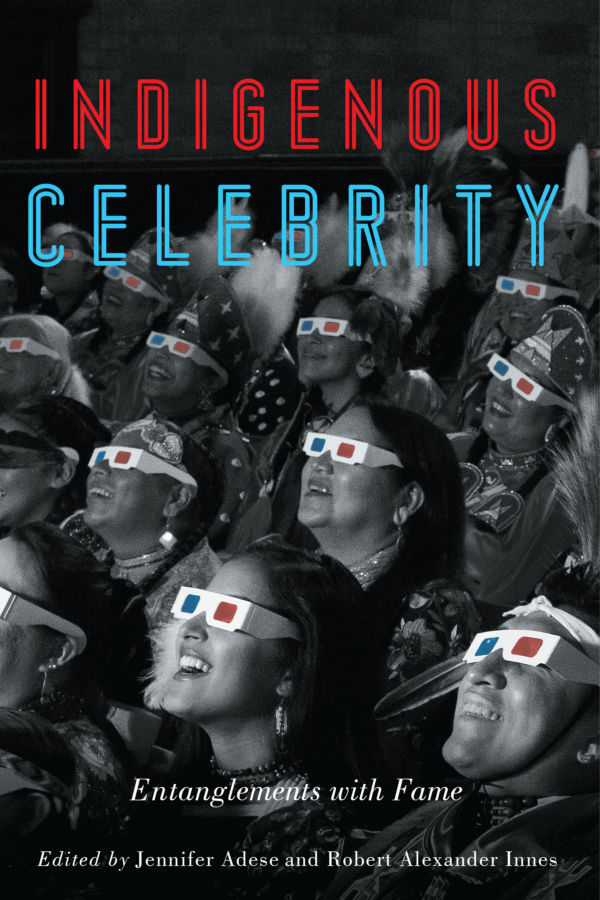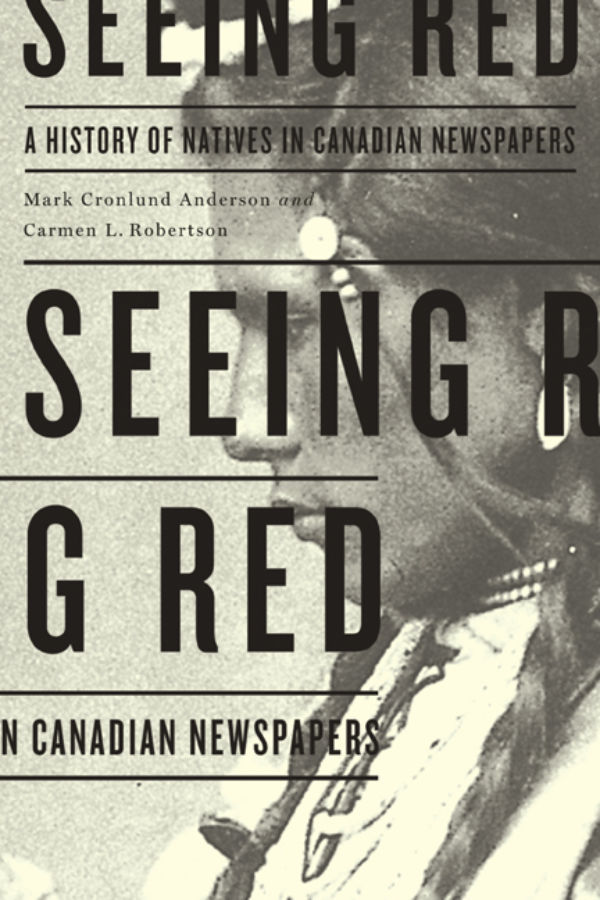Overview
Indigenous media challenges the power of the state, erodes communication monopolies, and illuminates government threats to Indigenous cultural, social, economic, and political sovereignty. Its effectiveness in these areas, however, is hampered by government control of broadcast frequencies, licensing, and legal limitations over content and ownership.
Indigenous Screen Cultures in Canada explores key questions surrounding the power and suppression of Indigenous narrative and representation in contemporary Indigenous media. Focussing primarily on the Aboriginal Peoples Television Network, the authors also examine Indigenous language broadcasting in radio, television, and film; Aboriginal journalism practices; audience creation within and beyond Indigenous communities; the roles of program scheduling and content acquisition policies in the decolonization process; the roles of digital video technologies and co-production agreements in Indigenous filmmaking; and the emergence of Aboriginal cyber-communities.
Reviews
“Indigenous Screen Cultures is an accomplished and strong contribution to the growing body of scholarship on indigenous media. By bringing together interdisciplinary research and analyses, the volume sheds much needed light on the enormous challenges and successes of APTN and its ongoing mandate to cover issues affecting Canada’s diverse Aboriginal populations.”
Canadian Literature
“This is one of the first books to deal specifically with contemporary programming practices and content emerging from Aboriginal Canadian media organizations, primarily the Aboriginal Peoples Television Network (APTN). … The book’s key contribution is to present specific cases that show how mass media permit local instances of increased cultural and social agency among indigenous groups and how Aboriginal media producers conceive of traditional knowledge, languages, and practices as vehicles of modern culture within a global mediascape.”
G. Bruyere, Choice Magazine
About the Authors
Table of Contents
Part I: The Cultural History of Aboriginal Media in Canada
1: First Peoples’ Television in Canada: Origins of the Aboriginal Peoples Television Network by Lorna Roth
2: Clear Signals: Learning and Maintaining Aboriginal Languages through Television by Jennifer David
Part II: APTN and Indigenous Screen Cultures
3: Aboriginal Journalism Practices as Deep Democracy: APTN National News by Sigurjon Baldur Hafsteinsson
4: APTN and Its Audiences by Marian Bredin
5: Aboriginal Media on the Move: An Outside Perspective on APTN by Kerstin Knopf
6: Regina’s Moccasin Flats: A Landmark in the Mapping of Urban Aboriginal Culture and Identity by Christine Ramsay
Part III: Transforming Technologies and Emerging Media Circuits
7: Co-producing First Nations’ Narratives: The Journals of Knud Rasmussen by Doris Baltruschat
8: Wearing the White Man’s Shoes: Two Worlds in Cyberspace by Mike Patterson
9: Taking a Stance: Aboriginal Media Research as an Act of Empowerment by Yvonne Poitras Pratt






